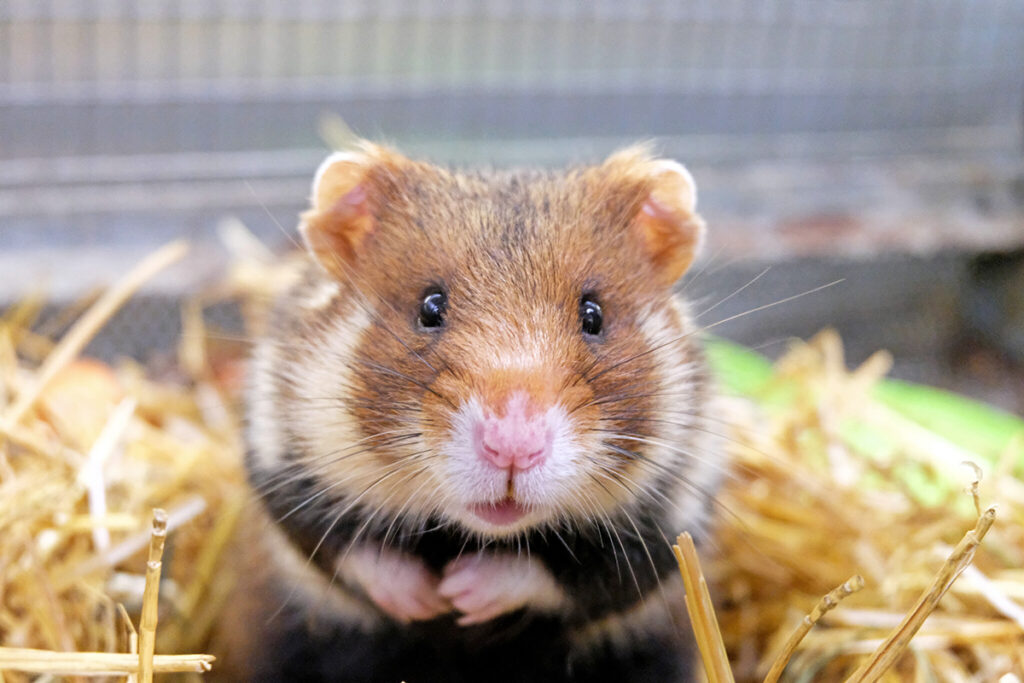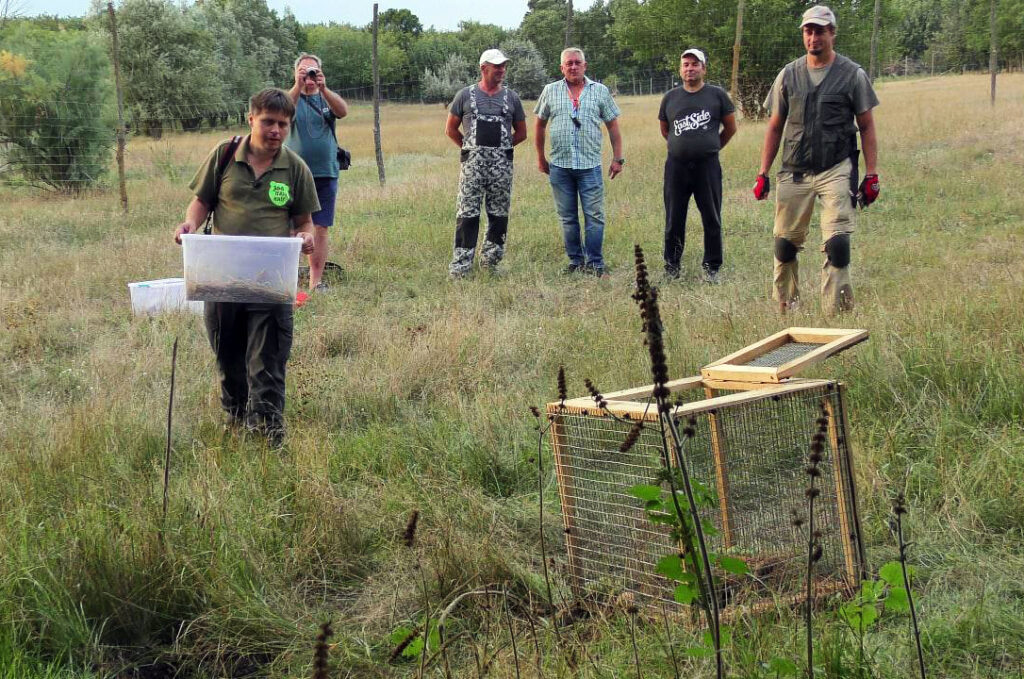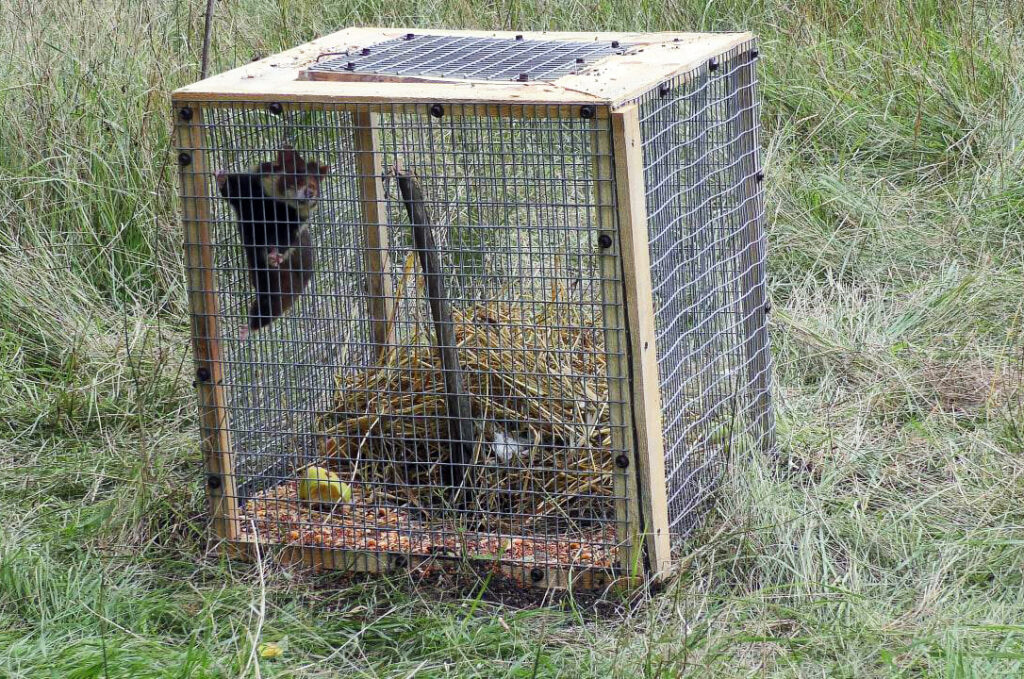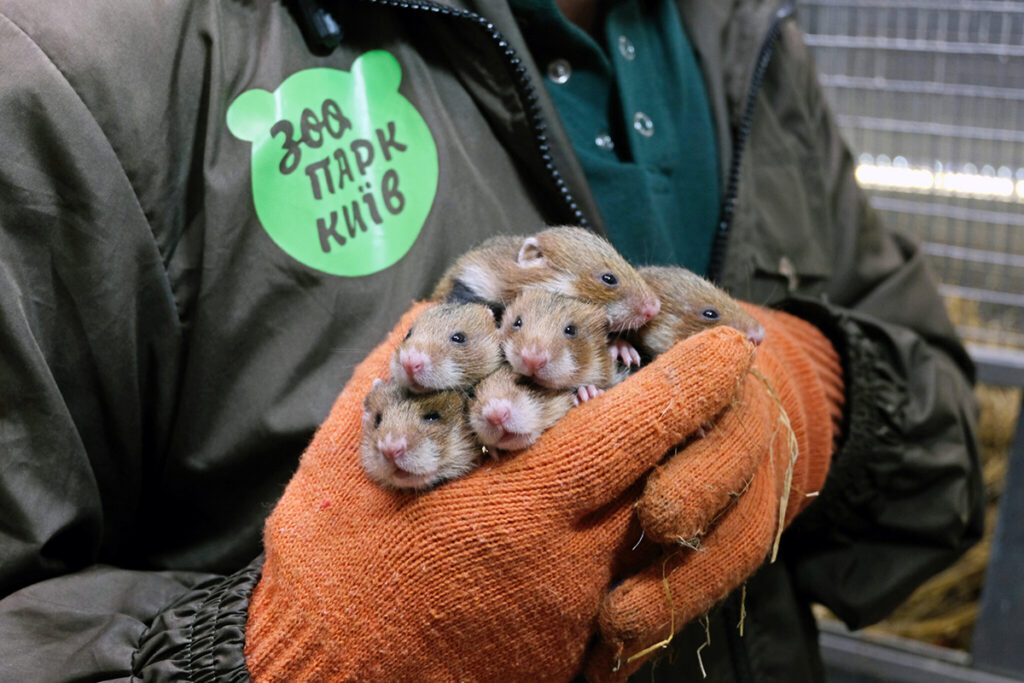A family of three European hamsters was released into the wild in the protected Tarutino steppe in the south of Odesa oblast as part of the cooperation of the Kyiv Zoo, Rewilding Ukraine, and the Tarutino steppe nature and ethnographic park. Hamsters, along with other herbivores reintroduced to the region through rewilding efforts, should restore food chains and enrich the steppe fauna.

Once this small funny animal inhabited almost the entire territory of Ukraine, but in recent decades it has almost disappeared in nature due to the destruction of habitats, environmental pollution, and targeted extermination as an agricultural pest. As part of this experimental release, a mother, father and their young offspring, who were brought from the Kyiv Zoo, settled in the steppe. To help the animals build a new home, conservationists made small artificial dens, which the hamsters can then deepen and arrange to their liking. The entrance to the den was temporarily covered with a special cage so that the animals did not run away and were initially protected from predators.

“Before the cold weather, we will feed the new inhabitants of the steppe to make it easier for them to adapt to nature. Then they will hibernate until spring when nature will bloom and provide the animals with fresh sprouts. We hope that the animals will survive the winter well and get used to the steppe, laying the foundation for a stable population of European hamster in the region. We are glad that another species of animals, which was common to this region at the end of the last century, is returning to the Tarutino steppe. In addition, it is such a charismatic species that both children and adults like,” says Oleg Dyakov, Rewilding officer at Rewilding Ukraine.
The European hamster once inhabited the steppes and forest-steppes throughout Europe. Unlike pets, their wild relative is quite large: its body length can reach 30 cm, and its weight can be more than half a kilogram. It has brown fur with white stripes on the face and front of the body. It lives in dens, feeds mostly on plants, but can hunt insects and even small mammals. Hamsters carry food in cheek pouches and store supplies for the winter in the underground storage of their den. In October, hamsters hibernate until March, but during this period the animals wake up every five to seven days to eat.
Hamsters help maintain steppe biodiversity, improve soil fertility, and spread plant seeds. By digging a hole, the hamster creates habitats for many plants, reptiles, insects, worms, and other steppe creatures. It is also an important part of the food chain: on the one hand, it eats out vegetation, and on the other, it is prey for predatory birds and mammals, many of which are rare. As part of rewilding efforts, various herbivorous species are already returning to the Tarutino steppe, such as kulan, European fallow deer, and steppe marmot. Therefore, the hamster will help to improve the steppe ecosystem, diversify the natural influence on the vegetation of the steppe, and also contribute to the development of ecological tourism in the region.

“The European hamster was once a common species, but in 2009, due to a rapid population decline, it was listed in the Red Book of Ukraine. The Kyiv Zoo has been breeding and returning hamsters to the wild for a few years as part of the Program for the restoration of rare and endangered species in the east of Ukraine. The war creates difficulties, but the zoo scientists continue to work. The Tarutino steppe is a safe and promising area for the return of the European hamster into the wild, so we are happy to cooperate with Rewilding Ukraine and the Nature and ethnographic park “Tarutino steppe” to restore the population of this species in the Odesa region,” commented Mykhailo Rusin, a specialist at the Center of restoration and reintroduction of the Kyiv Zoo.
Furthermore, numerous releases of hamsters in the Tarutino steppe are planned in the future, which will help to create a stable population of the species in the region. The next release may take place in the spring of next year unless unraveled by war or other obstacles.
